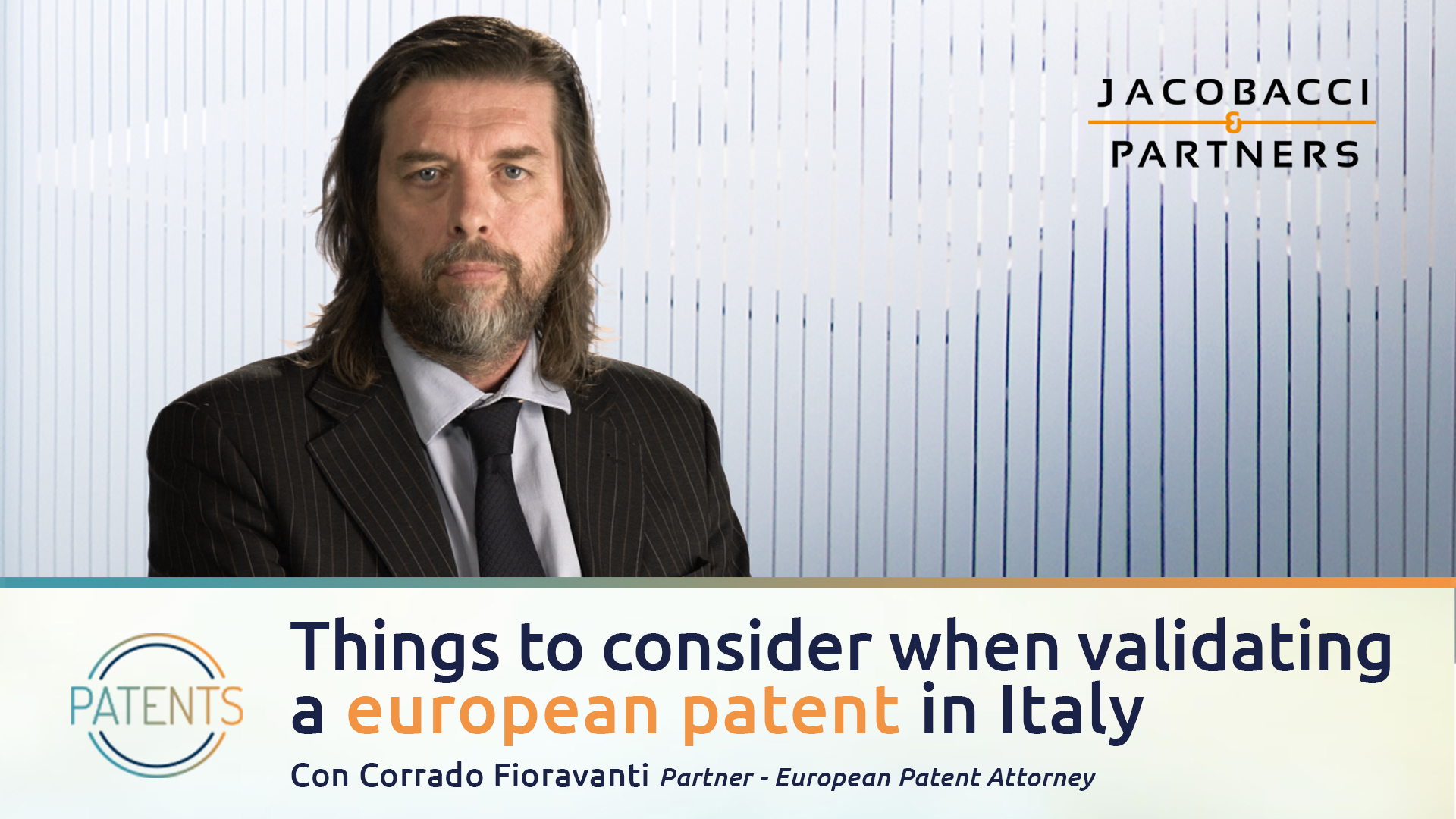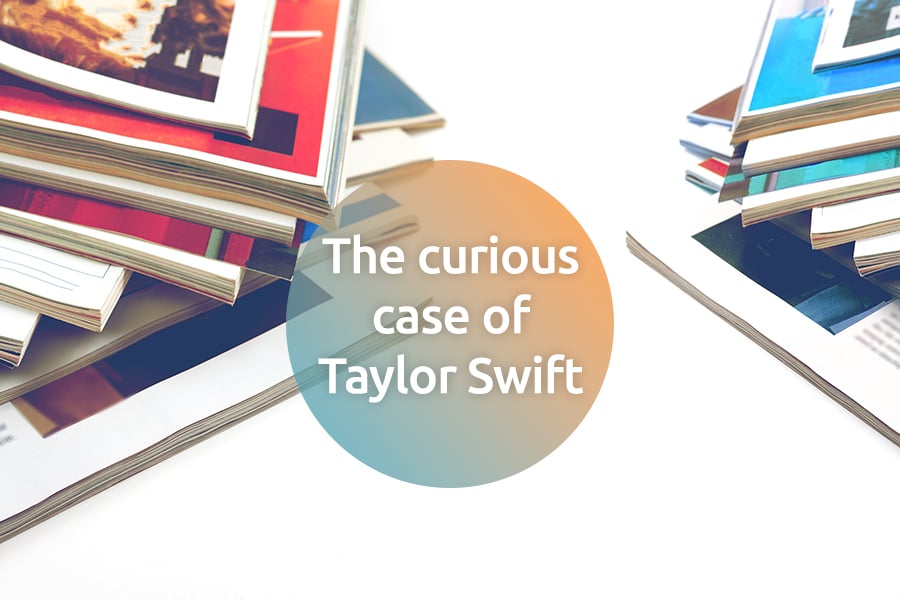In the field of Life sciences, AI is a valuable tool to generate insights and guide the decisions of clinicians and researchers. From a normative and patenting perspective, it should always be borne in mind that procedures are designed by human intervention.
Artificial intelligence (AI) is a cornerstone of the third millennium and of the processes of digital transformation of industrial activities and society that are characterising the current historical moment. Its roots go back to the 1950s and, since then, the development of “intelligent”' computer systems has been increasingly rapid, to the point of becoming a proper subject in its own right, now covering, under a broad umbrella, a multi-faceted set of different applications and meanings.
Among them, the field of Life sciences plays a major role: from drug discovery to genetic profiling, from diagnostic imaging to administering the most suitable therapy for an individual patient, there are many possible examples of artificial intelligence as a tool to support medicine. From a patenting standpoint, many challenges are posed when protecting innovation in this field.
Let's hear from Valeria Croce and Stefano Brunazzi, patent attorneys at Jacobacci & Partners.
Authorship aspects of an invention
One of the most peculiar aspects of patenting artificial intelligence is the impossibility, under current patent law, of recognising AI as an inventor. « This is a critical issue at the core of the debate: currently, both the European Patent Office (EPO) and the US Patent Office deny this possibility», explains Valeria Croce. «The patent must indicate a human being as the inventor, usually identified as the person who developed the methodology». «In concrete reality, there is always human intervention. Even if the machine is provided with a certain degree of autonomy, the whole procedure is conceived by people and, therefore. naming as inventors those who conceived and supervised the implementation of the methodology is usually feasible and consistent», confirms Stefano Brunazzi. As with software, AI algorithms as such cannot be protected by patents, no matter how complex they may be. « In fact, they could be used in many different areas, which is why it was established to keep algorithms, per se, in common use. In fact, just like a formula or an equation, a neural network may not be patented», adds the electronics engineer. Instead, the patenting of methods of prognosis of a disease or predicting the biopharmacological properties of molecules – examples of practical applications of artificial intelligence – is permitted. These methods are based on the execution of a series of subsequent steps (training, input, processing, output), some of which may include as an essential and distinguishing feature also the use of AI. «The criteria for patentability are similar to those used for computer-implemented inventions (CII), an even broader category of methods that also include more conventional data processing. Patent offices have now established fairly clear examination criteria for AI. Among the requirements, for example, the methodology must be defined in a self-consistent way, i.e. indicating all necessary steps.
As with all inventions, the features that distinguish a new claim from the known art must be indicated. A particular requirement for computer implemented inventions (and even more so for AI) is that the characterising steps are connected through a clear correlation with the results obtained, in order to give what in jargon is called a “technical effect” capable of solving a technical problem», explains Stefano Brunazzi. «An AI patent in Life sciences can bring a substantial competitive advantage. On the one hand, these are innovations that improve existing methods or processes. On the other hand, they can amount to real “finds”, for example services offered to other companies or directly to potential patients. This explains the growing interest in these new applications», emphasises Valeria Croce.
How to approach patent writing
Patents involving artificial intelligence aspect are very complex, and when they involve applications in other fields (e.g. Life sciences), they require the interaction of diverse and complementary skills. Furthermore, in such patents, it is necessary to define claims that reflect the right balance between generality (typical element of any patent, needed to ensure the broadest protection possible) and a detailed, self-consistent definition. «When defining the scope of patent protection, all essential steps have to be described in sufficient detail to distinguish them from the known art. The points where to find new and inventive aspects vary from case to case», points out Stefano Brunazzi.
Let's assume, for example, that we start from the raw data contained in a clinical database, like patient records for a certain disease: before applying AI, it might be useful or necessary to prepare an input of suitable format and effective content to be processed by the algorithm. «In this case, the patent could focus on the pre-processing steps, which distinguish it from other methods. In other machine learning applications, instead, the types of processing, the algorithm used or the training methodology could be distinctive traits. Innovative aspects could also be found throughout the whole process chain, right up to post-processing activities intended to improve data usability for the clinicians. One or more of these steps must be characterised by details that make the patent new and inventive », explains Stefano Brunazzi.
For what concerns the description, as for all patents, it must contain at least one example of a detailed application of the method, which is necessary to meet the requirement of sufficiency of description. This part must also contain information on the data (their source, how they were processed, etc.) so that the contents of the patent can be replicated by the expert in the field. As regards the data required to develop AI algorithms applied to Life sciences, all the considerations on the protection of personal data and on the value of such data generally applicable to this subject area apply even here. These issues are very important and more topical than ever and, although they go far beyond the technical and patenting aspects in the AI context, they are worth mentioning because they should be properly addressed – with appropriate legal and specialist support – by anyone developing a new artificial intelligence application, to ensure that such data is acquired and used in full compliance with the rules and regulations in force.
AI remains a tool
So what does the future hold in store for us? The risk of seeing, one day, scenarios in which artificial intelligence prevails over the autonomous decisions of human beings is not so remote. Just think about HAL9000, the computer in “2001: A Space Odyssey”, for example, which was science-fiction at the time of the film's release, but much less so now. Over-reliance on algorithms could also lead to the human genius losing its certain "je ne sais quoi" of creativity and inventiveness that has always characterised it. AI technologies, one may argue, could also incorrectly process or interpret the data they are being fed, for example due to an interpretation bias which could prove misleading or even completely wrong.
« Artificial intelligence is a tool at the service of human intelligence and must always be accompanied by the critical eye of “natural” intelligence. I would like to quote something I heard which offers food for thought: AI will not replace doctors, but doctors who use AI will replace those who reject it or do not know how to use it», comments Valeria Croce. «This is an extraordinarily interesting topic," adds Stefano Brunazzi - AI is an outstanding tool, but its use entails risks of various kinds, including serious ones. For example, in the field of AI, we do not know the exact details of how a machine learning algorithm trained inside the processing black box operates; it is therefore important to develop human control strategies for the entire process. Besides, in this context, human errors in planning the training phase can translate into significant and, not least, unpredictable errors in the results returned by the machine. In fact, in AI, the reliability of the results depends critically on the criteria and quality of the training. If we train the algorithm with information that is, even without realizing it, inaccurate, misclassified, insufficient or biased, the AI will decide on the basis of the training and the criteria provided by us, with results that in the end will likely be incorrect, a condition we might be unaware of.
Hence the need to develop and apply to AI processing high-level human verification strategies. More examples could be provided in this regard, but I think the above suffices to explain why there is now a growing consensus that the use of AI must be dealt with in a broad perspective that goes beyond purely technical developments, by involving legal, deontological and ethical aspects, which, however, can only be addressed by having at least a basic knowledge of the technical and scientific content of artificial intelligence».
Machine learning for Life sciences
Machine learning algorithms are the most widespread application of artificial intelligence in the field of Life sciences. «It is a technique that goes beyond simply returning a result based on an analytical calculation made using a system of equations or a series of deterministic steps – explains Stefano Brunazzi. – Processing is carried out at least partly autonomously by the machine, which implies a reconfigurability of the algorithm based on a preliminary training phase».
The success of machine learning in Life sciences – explains the electronics engineer – is linked to the fact that these sciences involve complex biological systems which, unlike basic physics, are not easily explained by formulas or analytical equations, no matter how complex they may be, and have always been studied following the elaboration of models based on empirical data. «Learning algorithms base their learning process on empirical data available in this field. In the clinical, pharmacological or medical fields, provided that confidentiality regulations are respected, it is technically possible to access large amounts of different types of data that allow appropriate training of algorithms. In addition, even the outputs typically expected in this field, for example a prognosis or the bioactivity of a certain molecule, can be expressed in terms of discrete “yes/no” results, or with a finite number of possible outputs, which are precisely the results that machine learning algorithms are able to provide effectively». Valeria Croce explains that we should distinguish digital health and telemedicine from pure artificial intelligence. «They are tools that use information and telecommunication technologies to transport and share information in a simple way.
For example, let's think about a patient who needs to communicate quickly and easily with a doctor without the possibility of an in-person visit. The doctor who receives the information can feed such data to an AI tool, but the communication as such cannot be properly defined as “using AI”. It is clear that digital health systems can refer to an AI system behind the scenes». The possible applications in Life sciences are very many. Among the most significant examples are prognostic methods, in which the input is a set of data believed to be related to a certain disease.
«They can be phenotypic, physiological or biometric data, for example, which, once processed, provide a prediction of the likelihood of the onset or severity of a disease» explains Stefano Brunazzi. Genetic or genomic analysis methods, on the other hand, analyse variants or anomalies in the genetic code that can lead to the onset of illnesses. «Sometimes there are more than one of these variants, linked with one another through correlations that are not predictable in a deterministic way» adds the expert. Finally, on the prognostic/diagnostic side, AI enables images to be processed with incredibly greater power than the human eye.
«Diagnostic imaging becomes far more precise and accurate», adds Valeria Croce.
Discovering new medicines
Among the advances brought about since the establishment of artificial intelligence in the pharmaceutical field, it is worth noting that AI has also profoundly innovated the way of identifying potential new active ingredients during the drug discovery phase. The capacity of analysing a large number of different chemical structures with respect to, for example, their affinity for a certain target receptor, substantially speeds up the time required to identify the structures with the desired pharmacological properties. «Artificial intelligence makes it possible to design chemical molecules with a certain general structure or scaffolding that is known to interact with a three-dimensional receptor, producing a certain effect. Thanks to artificial intelligence, it becomes easier to identify families of compounds that, although structurally very different from one another, have structures that, from a three-dimensional point of view, make them suitable for binding to the receptor.
Man is, in principle, certainly capable of carrying out the experiments, calculations and elaborations leading to the same results, only that the time required to do all this on the enormous amount of data processed by AI is so much that the process would be unviable», explains Valeria Croce. «Even predictions on the bioactivity of candidate chemicals or on certain aspects of efficacy or toxicity, can be optimised in a similar way through artificial intelligence.
These methods are particularly useful for the initial skimming of candidates to identify the most promising ones for experimental study. This is a good example of positive interaction, where artificial intelligence provides an irreplaceable and complementary contribution to conventional experimentation/testing», concludes Stefano Brunazzi.





